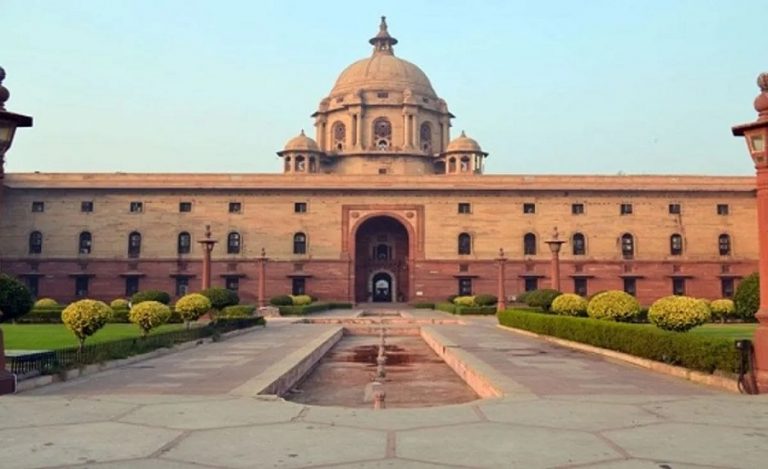New Delhi: India’s 12 public sector banks (PSBs) have kicked off the financial year 2025–26 on a strong note, reporting a combined net profit of ₹44,218 crore in the April–June quarter — the highest ever quarterly earnings for the group. This marks an 11% increase over the same period last year.
SBI Leads the Pack
The lion’s share of the profit came from State Bank of India (SBI), which alone accounted for ₹19,160 crore, nearly 43% of the total. This is a 12% jump from SBI’s profit in Q1 of the previous fiscal year.
SBI’s performance reinforces its position as the market leader among PSBs, with strong growth in both retail and corporate lending segments.
Strong Growth in Mid-Tier Banks
Several mid-sized public sector banks also reported impressive profit growth:
- Indian Overseas Bank (IOB) stood out with a 76% year-on-year surge in net profit to ₹1,111 crore — the highest percentage gain among PSBs.
- Punjab & Sind Bank saw a 48% rise, reaching ₹269 crore.
- Central Bank of India recorded a 32.8% increase to ₹1,169 crore.
- Indian Bank posted a solid 23.7% growth, reporting ₹2,973 crore.
- Bank of Maharashtra improved profits by 23.2% to ₹1,593 crore.
These gains reflect ongoing improvements in asset quality, operational efficiency, and credit growth across smaller PSBs.
One Bank Bucks the Trend
Not all banks had a positive quarter. Punjab National Bank (PNB) reported a sharp 48% decline in net profit, down to ₹1,675 crore from ₹3,252 crore in the same quarter last year. This drop stands in contrast to the overall upward trend in the sector and may raise concerns about asset quality or provisioning pressures at PNB.
Breakdown at a Glance:
- Total PSB profit (Q1 FY26): ₹44,218 crore
- Growth over last year: +₹4,244 crore
- Top contributor: SBI (₹19,160 crore)
- Fastest growth (%): Indian Overseas Bank (+76%)
- Only decline: PNB (-48%)
Sector Outlook
The strong performance by most public sector banks in the first quarter highlights a robust start to the fiscal year, backed by improved credit demand, cleaner balance sheets, and better cost controls. While challenges such as competition and interest rate volatility remain, the sector’s fundamentals appear solid.



























